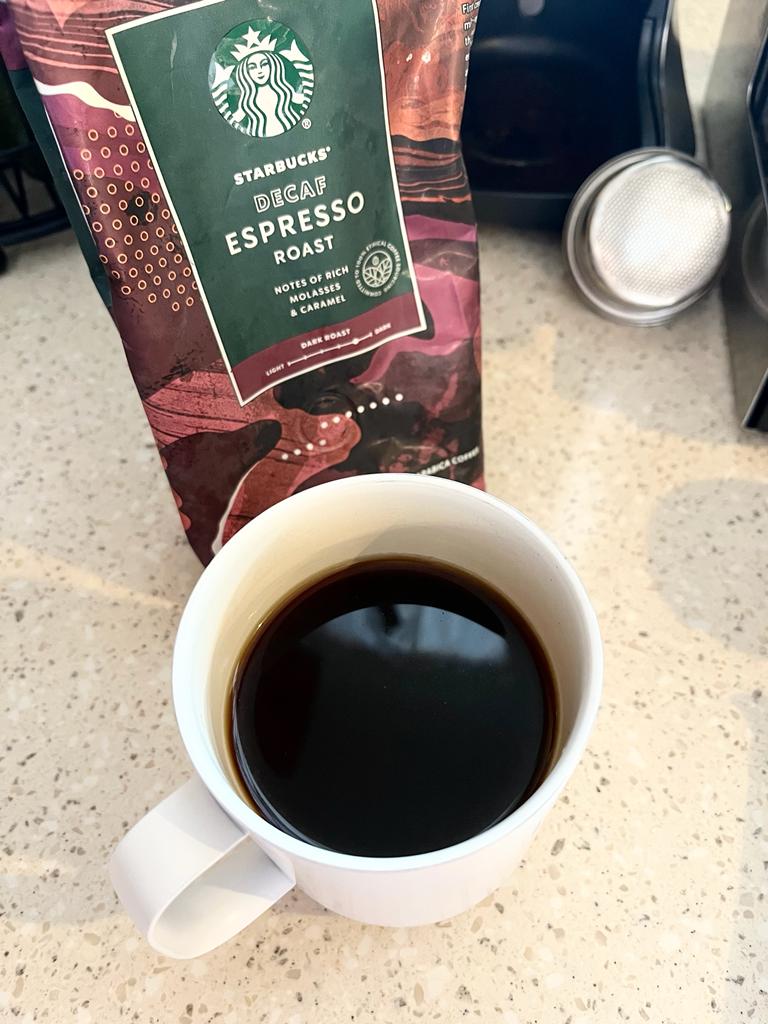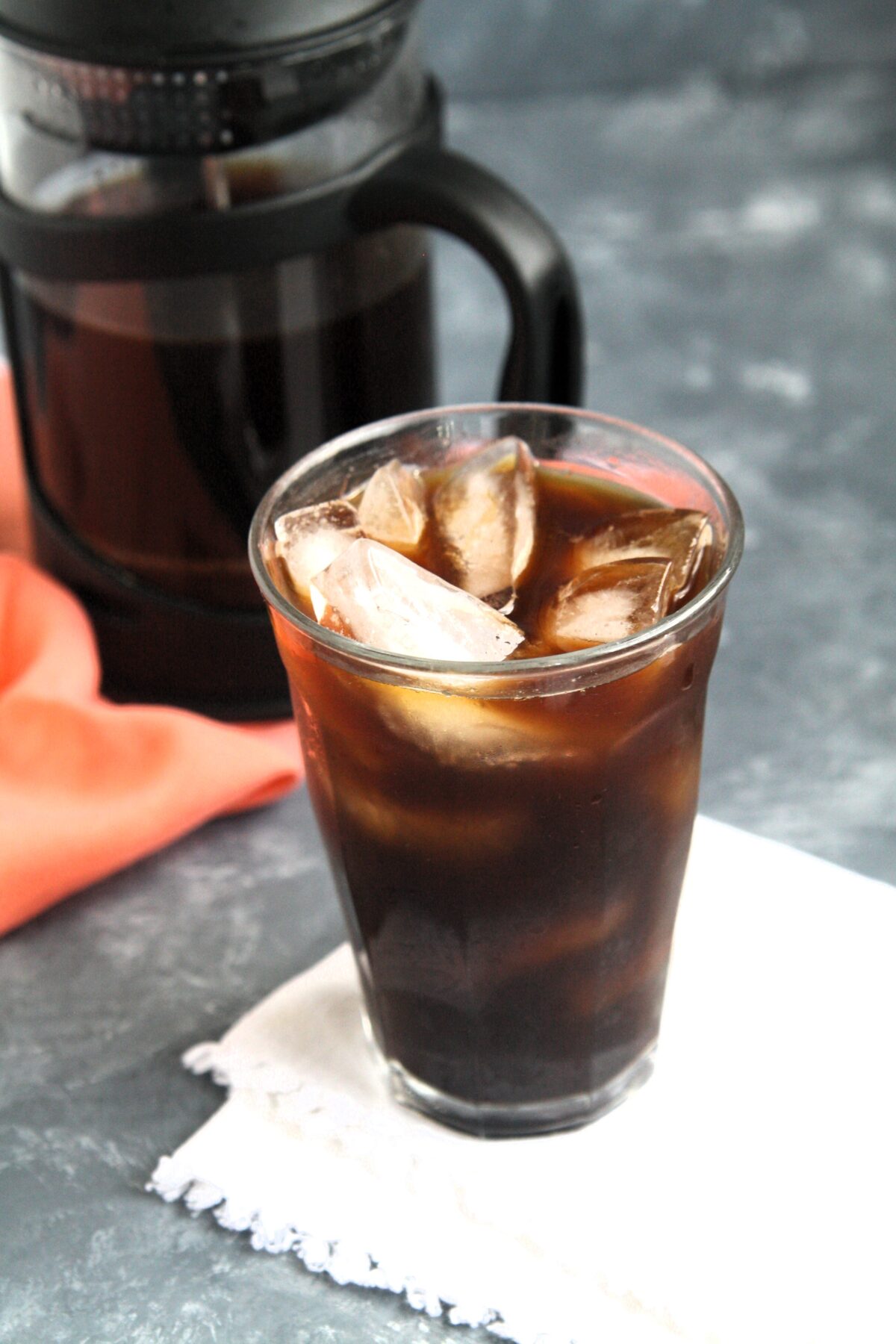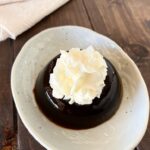Last Updated on March 6, 2024 by Karen
Discover the differences between bitter and sour espresso tastes, and learn how to fix them to brew the perfect shot every time.

Have you ever taken a sip of espresso and been hit with a strong, bitter taste that lingers on your taste buds? Or perhaps you’ve experienced a sour, almost tangy flavor that leaves you craving something sweeter. These contrasting tastes can be quite puzzling, especially if you’ve been striving to brew the perfect shot of espresso. In this blog post, we will explore the differences between bitter and sour espresso tastes, understand why they occur, and most importantly, learn how to fix them to achieve the ideal balance of flavors in your espresso.
As a passionate coffee enthusiast myself, I have spent countless hours experimenting with different brewing methods, grind sizes, and extraction times to achieve the perfect shot. Along the way, I’ve encountered my fair share of bitter and sour espresso shots, but through trial and error, I have discovered some valuable insights that I am excited to share with you. So, let’s dive in and unravel the mysteries of bitter and sour espresso!
If you love coffee, here are some recipes you should try:
- Refreshing Iced Coffee and Lemon Tonic Drink Recipe
- Best Starbucks Copycat Irish Cream Cold Brew Recipe
- Starbucks Iced Hazelnut Oatmilk Shaken Espresso Recipe
Understanding bitter vs sour espresso tastes
There are fundamental differences between sour and bitter coffee tastes. Bitterness and sourness are two distinct flavor profiles that can arise from various factors in the brewing process. Bitterness is often associated with over-extracted coffee, while sourness can indicate under-extraction. Let’s explore these concepts in more detail:
1. Bitter Taste: Bitterness in espresso is primarily caused by over-extraction, where the soluble compounds in coffee grounds are extracted for too long or at too high a temperature. This can result in an intense, lingering bitterness that overpowers other flavors and leaves an unpleasant aftertaste. Factors such as a fine grind, long brew time, and using super hot water can contribute to a bitter espresso shot.
2. Sour Taste: On the other end of the spectrum, sourness in espresso can indicate under-extraction, where not enough of the desirable compounds are extracted from the coffee grounds. This can lead to a sour, acidic taste that lacks sweetness and body. Factors such as a coarse grind, short brew time, and low water temperature can contribute to a sour espresso shot.

Espresso vs. coffee: is good espresso supposed to be bitter or sour?
When it comes to espresso, the ideal flavor profile is neither overly bitter nor excessively sour. Good espresso should strike a balance between these two tastes, offering a harmonious blend of sweetness, acidity, and bitterness. It’s important to note that the perception of bitterness and sourness can vary among individuals, and personal preferences play a significant role.
In contrast, regular brewed coffee may exhibit more pronounced bitterness or sourness, depending on the brewing method and the type of beans used. For example, dark roast coffee beans tend to have more intense flavor, bitter taste, while lighter roasts may lean towards a brighter, more acidic taste due to the tannic acid. Understanding the nuances between espresso and regular coffee can help us appreciate the unique characteristics of each.
Why does my espresso taste bitter?
If you find that your espresso consistently has a bitter taste, different reasons could be contributing to this undesirable flavor. Here are some of the possible reasons why your espresso might taste bitter:
– Over-extracted coffee: Coffee extraction that is too long or at too high a temperature can lead to bitterness. This can occur due to factors such as a fine grind, long brew time, and high water temperature.
– Dark roasts: Dark roast coffee beans are generally more prone to bitterness due to the longer roasting process, which can result in the development of bitter flavors.
– Incorrect brew ratio: Using too much coffee in proportion to the amount of water can lead to over-extraction and bitterness. It’s essential to find the right balance to achieve a well-balanced shot.
– Dirty equipment: Over time, coffee oils can accumulate within the internal components of the coffee machine, such as the brew group, portafilter, and filter baskets. These oils can turn rancid and impart an “off” taste to your coffee. Depending on how often you use your coffee machine and the hardness of your water, you may need to clean and descale it more frequently. Coffee enthusiasts recommend cleaning the coffee machine at least once a month to ensure that every cup of coffee you brew tastes fresh and delicious.
How to fix bitter espresso?
Now that we understand the reasons behind bitter espresso, let’s explore some ways to fix it and achieve a more balanced and enjoyable flavor profile. Here are some tips to help you fix bitter espresso:
– Adjust your grind size: If your espresso is consistently bitter, try using a coarser grind. This can help reduce the extraction time and prevent over-extraction.
– Optimize your brew time: Experiment with shorter brew times to avoid over-extraction. Keep in mind that extraction time can vary depending on factors such as grind size, coffee-to-water ratio, and the type of beans used.
– Lower the water temperature: Using water that is too hot can extract more bitter compounds from the coffee grounds. Aim for a water temperature between 195°F and 205°F (90°C to 96°C) for a balanced extraction.
– Use fresher coffee beans: Older coffee beans can develop stale flavors, including bitterness. Opt for freshly roasted beans and store them in an airtight container to maintain their freshness.
– Check your brewing equipment: Ensure that your espresso machine and coffee grinder are clean and free from any residual coffee oils or grounds. Regular maintenance can prevent unwanted bitterness.

Why does my espresso taste sour?
If your espresso has a sour coffee taste, under-extraction is likely the culprit. Here are some of the top reasons why your espresso might taste sour:
– Under-extracted coffee: Under-extraction occurs when not enough of the desirable compounds are extracted from the coffee grounds. Factors such as a coarse grind, short brew time, and low water temperature can contribute to under-extraction and sourness.
– Light roasts: Light roast coffee beans tend to have a brighter, more acidic flavor profile. If you prefer a less acidic taste, you may opt for medium or dark roast beans.
– Insufficient coffee-to-water ratio: Using too little coffee in relation to the amount of water can result in an under-extracted brew. Adjusting the coffee-to-water ratio can help achieve a more balanced extraction.
– Poor water quality: The quality of your water can impact the taste of your espresso. Hard water or water with impurities can lead to a sour flavor. Consider using filtered or bottled water for better results.
How to fix sour espresso?
To fix a sour espresso shot and achieve a more balanced flavor profile, consider implementing the following strategies:
– Adjust your grind size: If your espresso is consistently sour, try using a finer grind. This can increase the surface area of the coffee grounds, allowing for better extraction and reducing under-extraction.
– Increase your brew time: Experiment with longer brew times to ensure sufficient extraction. Keep in mind that extraction time can vary based on factors such as grind size, coffee-to-water ratio, and the type of beans used.
– Raise the water temperature: Using water that is too cool can result in under-extraction and sourness. Aim for a water temperature between 195°F and 205°F (90°C to 96°C) for optimal extraction.
– Consider different beans: If you find that your current beans consistently produce a sour taste, you may want to try different types of beans. Arabica beans are generally known for their balanced flavor profiles, while robusta beans can offer a more bitter taste.
– Check your brewing method: Different brewing methods require adjustments to achieve the desired flavor. Ensure that you are following the recommended guidelines for your specific brewing method.
Why does my espresso taste burnt?
A burnt taste in espresso can be quite unpleasant and overpowering. Here are some common reasons why your espresso might taste burnt:
– Higher temperatures: Brewing espresso at excessively high temperatures can result in burnt flavors. Aim for a water temperature between 195°F and 205°F (90°C to 96°C) for optimal extraction without scorching the coffee.
– Dark roast coffee beans: Dark roast beans are roasted for a longer duration, which can lead to the development of burnt flavors. If you prefer a milder taste, consider using medium roast beans.
– Over-extracted coffee: Over-extraction can extract unwanted bitter compounds, resulting in a burnt taste. Factors such as a fine grind, long brew time, and high water temperature can contribute to over-extraction.
– Dirty equipment: Accumulated coffee residue in your espresso machine or coffee grinder can affect the flavor of your espresso, leading to burnt notes. Regular cleaning and maintenance are essential to avoid this issue.
How to fix burnt espresso?
To fix a burnt espresso taste and achieve a more enjoyable flavor profile, try implementing the following strategies:
– Lower the water temperature: Brewing espresso at a lower temperature can help prevent scorching and burnt flavors. Aim for a water temperature between 195°F and 205°F (90°C to 96°C) for optimal extraction. Check out this guide from the FDA on coffee temperature
– Choose lighter roast coffee beans: Dark roast beans are more likely to have burnt flavors due to the longer roasting process. Experiment with medium or light roast beans for a milder taste.
– Adjust your brew time: Shorten the brew time to avoid over-extraction and minimize the extraction of bitter compounds that can contribute to a burnt taste.
– Ensure clean brewing equipment: Regularly clean and maintain your espresso machine and coffee grinder to prevent the accumulation of coffee residue, which can affect the flavor of your espresso.
– Consider changing your brewing method: Different brewing methods can extract flavors differently. If you consistently experience a burnt taste with a particular brewing method, you may want to explore alternative methods.

Tips and tricks for the perfect brew
Brewing the perfect shot of espresso involves a combination of precision, experimentation, and understanding the key factors that influence flavor. Here are some additional tips and tricks to help you achieve the perfect brew:
- Use high-quality, fresh coffee beans: The quality and freshness of your coffee beans play a crucial role in the flavor of your espresso. Opt for freshly roasted beans and store them in an airtight container away from light and moisture.
- Experiment with different grind sizes: Grind size can significantly impact the flavor of your espresso. Start with a medium grind and adjust accordingly to find your sweet spot.
- Maintain the right coffee-to-water ratio: Finding the perfect balance between the amount of coffee and water is an important part of the extraction process. The best way is to start with a brew ratio of 1:2 (1 part coffee to 2 parts water) and adjust to your taste preferences.
- Pay attention to water quality: Poor water quality can negatively affect the taste of your espresso. Consider using filtered or bottled water to ensure a clean, pure flavor.
- Clean your espresso machine regularly: Regular cleaning and maintenance of your espresso machine, including the group head and portafilter, can prevent the buildup of coffee residue and ensure a clean brew.
- Experiment with different brewing methods: There are various brewing methods available, such as espresso machine, French press, Moka, pour over, cold brew, and coffee maker. Explore different methods to discover the one that suits your taste preferences best.
- Trust your taste buds: Ultimately, your taste buds are the best judge of a good shot of espresso. Experiment, take notes, and adjust your brewing parameters until you find the perfect balance of flavors.
What are the best coffee beans for espresso?
There are certain characteristics to look for to achieve a balanced and flavorful shot. Here are some types of coffee beans that are often favored for making espresso:
- Single-Origin Arabica Beans: Arabica beans are known for their smooth, nuanced flavors and lower acidity compared to Robusta beans. Single-origin beans, sourced from specific regions or estates, can offer unique flavor profiles that shine through in espresso without being overpowering. Top choices: Intelligentsia Coffee – El Diablo Dark Roast and Blue Bottle Coffee – Ethiopia Yirgacheffe
- Medium Roasts: Medium-roasted coffee beans strike a balance between the bright acidity of light roasts and the deep, caramelized flavors of darker roasts. They allow the natural flavors of the coffee beans to come through without being overshadowed by burnt or bitter notes. Top choice: Stumptown Coffee Roasters – Hair Bender:
- Well-Balanced Blends: Espresso blends crafted from a combination of different coffee beans can offer a balanced flavor profile ideal for espresso. Look for blends that are specifically labeled as suitable for espresso and aim for ones that balance sweetness, acidity, and body. Top choice: Illy – Espresso Medium Roast
- Freshly Roasted Beans: Opt for freshly roasted coffee beans to ensure maximum flavor and aroma. Freshness is key to achieving a vibrant and flavorful espresso shot, so try to purchase beans that have been roasted within a few weeks of your purchase date.
- Low Acidity Beans: While some acidity is desirable to add brightness to the espresso, overly acidic beans can result in a sour or sharp-tasting shot. Look for beans with moderate acidity or ones that have been processed to reduce acidity while maintaining flavor complexity. Top choice: Blue Bottle Coffee – Giant Steps:
- Smooth and Creamy Texture: Beans with a smooth and creamy texture often produce espresso shots with a velvety mouthfeel and rich crema. This can enhance the overall drinking experience and contribute to a well-rounded flavor profile.
- Ethically Sourced Beans: Consider choosing coffee beans that are ethically sourced and sustainably grown. Beans from reputable and environmentally conscious producers often undergo careful processing and handling, resulting in higher quality and more consistent flavors.
Remember that the best coffee beans for espresso can vary depending on individual taste preferences and brewing methods. It’s essential to experiment with different beans, roast levels, and brewing techniques to find the perfect combination that suits your palate and produces the perfect espresso shot every time.















